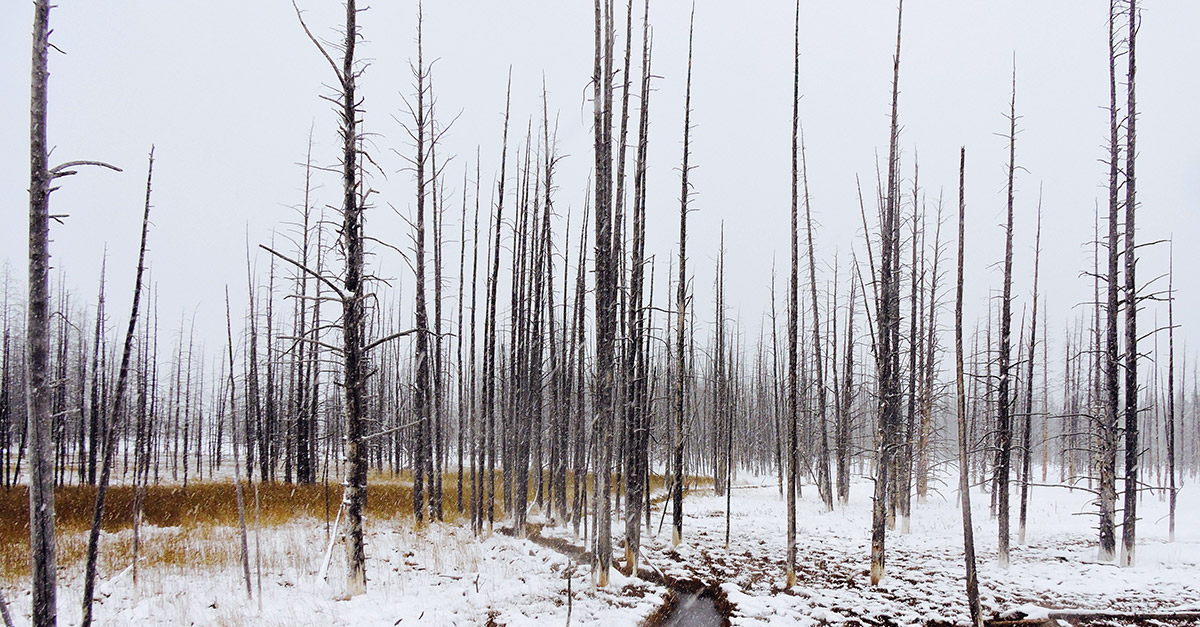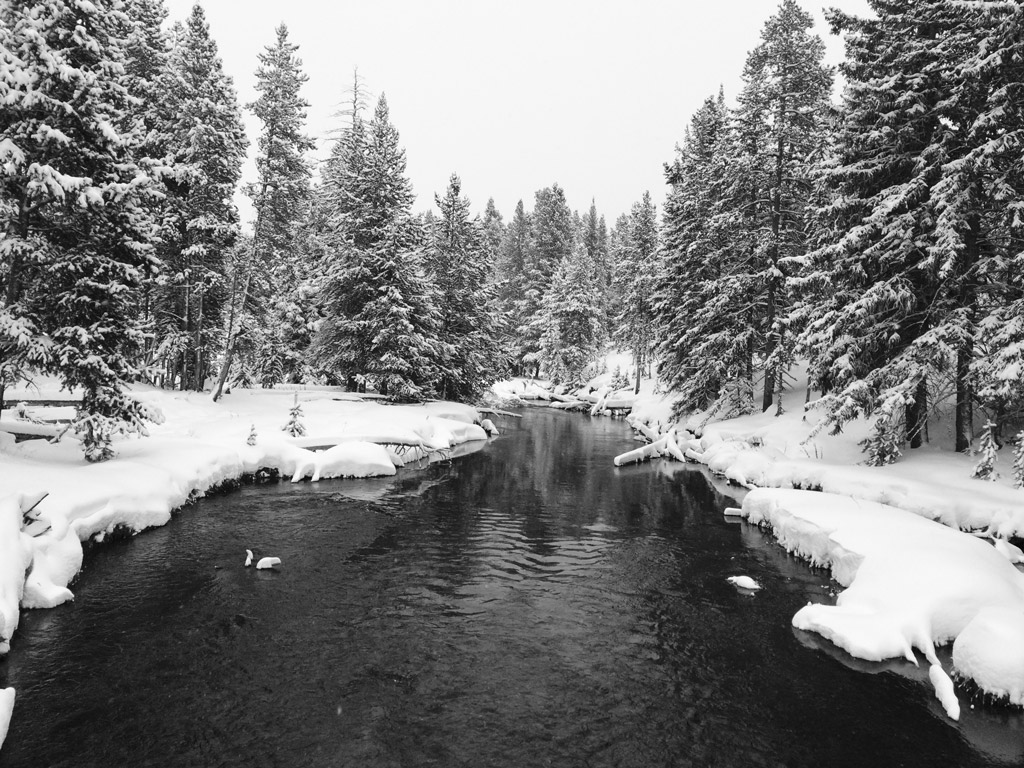
“…he shrugged, and gave me the words that seemed to describe so well the uncertainties and unanswerable questions of life. He was right. There are no answers here. Just stories. But stories carry in them a deep, unquestioning truth, if only we can see it.” – Jeremy Schmidt | Writer
I struggled with these words from Jeremy.
Jeremy says, “There are no answers here. Just stories.” Yet, I want answers in my life, not just stories. Answers help me plan my day and prepare my tomorrows. Answers help me sleep better. I stay tucked in with answers. Without answers, I work my sheets loose at night. One leg sticks out, kicking at the questions in the night.
But all Jeremy gives me for support on these restless nights are stories, and they only help if I can interpret their meaning.
Jeremy isn’t helping me much until I dig deeper:
“Everything is Never Clear Here” was my preferred title for my book, Himalayan Passage. The phrase came from a Nepali trader in the Tibetan border town of Burang. I had asked him about trade routes from Nepal, and the legal procedures for transporting goods — on his back — between the two countries. “Everything is never clear here” was the answer I was given.
That’s better because I am in Charlotte, not off in some border town transporting merchandise on my back into a different country. We know the laws in our western culture. They are clear and fair for all. Our laws, and our many rules, keep us tucked in.
Then, as I think more about my assumptions on laws, I come untucked again. Are our laws fair and of equal service to everyone? Or do our laws serve best only those who make them, along with those who pay to have them enacted?
Jeremy’s Nepali trader was unclear on the rules, no doubt because the officials of the two neighboring countries continually adjusted the laws as best fit their individual interest.
Am I too easily led? I need to relisten to some stories for their deeper truth. I need to listen with an open heart, praying that I will see.
I will choose to listen to more voices and more stories; not just the stories of my own culture but of different cultures. Choosing to be uncomfortable, to have restless nights, to let others challenge me. Some stories will be true, others will not. When the stories contain truth, I will shift my thoughts around until I understand. I have heard it said, Seeing is Believing. But often believing must come in front of seeing.
Thanks universe, for putting Jeremy Schmidt in my path and for allowing me to hear.
What do you think? Can you tell us about rules and laws that are unclear?
Do you think our leaders make rules to better all people or to better only those with power and the resources to keep the leaders employed? Do other cultures have things to teach us? Are there ways of doing things you can describe where other cultures have better ideas? What are they?
As always, the conversation starts here.
“In the ordinary choices of every day we begin to change the direction of our lives.”
– Eknath Easwaran
Epilogue
 When Jeremy asked me to capture the image shown at the top of this story, I was not sure. I saw only a drainage ditch until he pulled all the parts together, explaining the entire ecosystem of Yellowstone.
When Jeremy asked me to capture the image shown at the top of this story, I was not sure. I saw only a drainage ditch until he pulled all the parts together, explaining the entire ecosystem of Yellowstone.
It is easy in Yellowstone National Park to focus on the expansive panoramas, on Old Faithful, and to miss the real story. A trained naturalist is most valuable for me as I look for the real story, the true story. I look forward to being with Jeremy again next summer for the Ultimate National Park Expedition (July 3-17) and the 100th Anniversary of the National Park Service.
Join us and meet Jeremy, you won’t be disappointed.

I think some other cultures have MUCH to teach us! I love how the French linger over meals, taking time and talking. We Americans just love to rush, rush, rush. Get back to work, get here, go there. I like to LINGER! I wonder if the word LINGER has French origins?? It should.
There is no one real story, no true story. Each story has layers and changes meaning with the story teller and the listener. I come from a family of six children. We enjoy recalling stories from our past and marveling at the different versions and interpretations.
Wade,
Dan Buettner, in his book, The Blue Zones Solution, agrees with you. Lingering over meals with conversation is an important part of his findings. Keep lingering – live long and prosper.
– Bruce
Elaine,
Thanks for following along with Choices Do Matter. Did your large family ever play the game where you sit in a circle and whisper a story, one to the next, then laugh at what comes out in the end? That is always fun.
Yes, re-telling can alter the original meaning of stories.
– Bruce